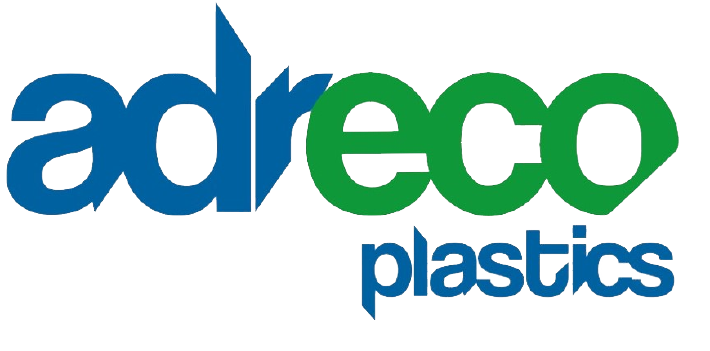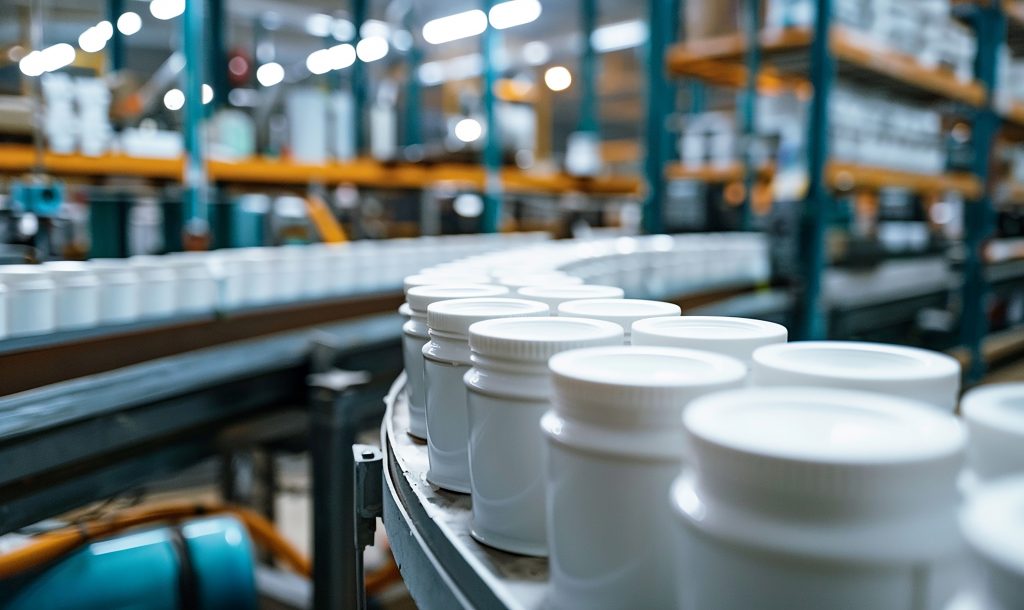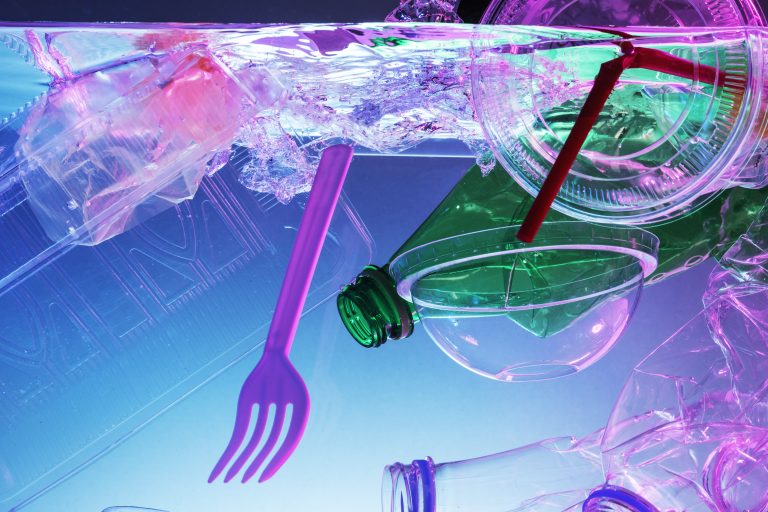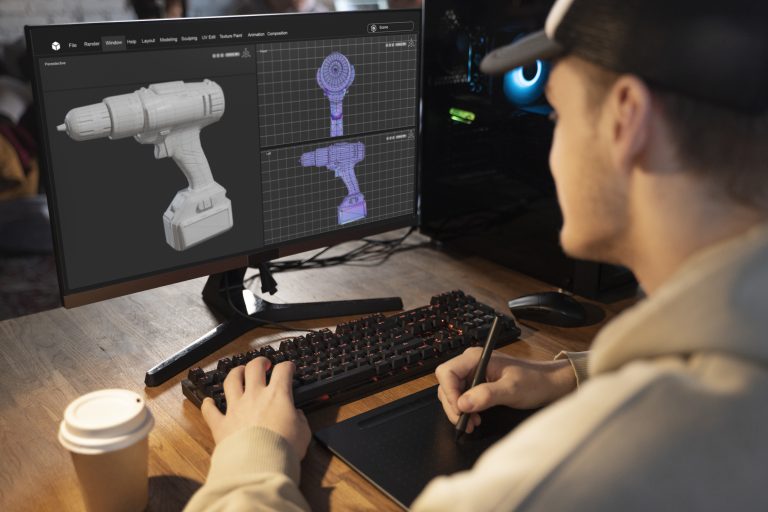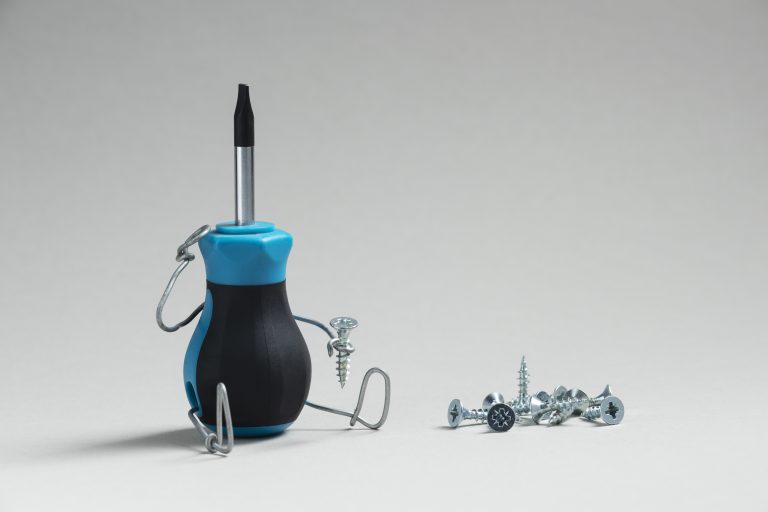Food packaging production requires the highest quality standards around hygiene, contamination prevention and general food and beverage protection. This is where plastic injection moulding proves invaluable, offering an efficient, safe, and highly versatile manufacturing solution.
Plastic injection moulding benefits are multiple when it comes to designing and creating food packaging that meets food safety standards. As well as all the safety benefits, it can produce beautiful sturdy packaging that is easy to keep clean and can take on colours, text and brands very well indeed to make products bespoke, ensure they are aesthetically pleasing and help them stand out on the shelves in store.
Injection moulding benefits for food packaging
Plastic injection moulding techniques utilise food safe plastics that are melted at very high temperatures, reformed into the desired shape using moulds operating under high pressure and cooled quickly to form the new packaging or food safety product. They can be moulded into any shape or size and crafted to form part of a larger packaging solution, for example to go with film coverings, cardboard sleeves and foil protective layers.
Food safe plastics are also perfectly harmless for food to come into contact with them without risk of contamination. The high-temperatures the materials are subjected to as part of the plastic injection moulding process minimise bacterial growth and help the finished containers meet exacting food safety and quality standards and legislation. Such products need to be manufactured in a suitably hygienic environment with regular cleaning and disinfecting of the equipment and production area, as well as air filtration systems running to keep the air free from contaminates that could make their way into the moulding machine. Operators should observe high levels of hygiene too and wear protective clothes and gloves to minimise contamination.
At the end of the process, during quality control checks, the finished food packaging products must be tested against stringent factors. These include a series of careful visual checks, rigorous physical performance tests, accurate dimensional measurements and strict microbiological testing to ensure compliance with safety certification, such as ISO 9001 Quality Management System and ISO 22000 Food Safety Management System.
Food safe plastics
Versatile materials such as polypropylene (PP), polyethylene (PE) and polyethylene terephthalate (PET) are all popular choices for food packaging, due to their resilience, hygiene and flexibility. PP is commonly used for microwavable containers, packets and dishes. This is because it has a high melting point, which makes it heat resistant. This tough material is also used for tableware and food storage containers as it doesn’t break easily and can withstand impacts from being dropped.
PE has excellent chemical resistance and is used to make water bottles and food bags. The material is flexible in its LDPE format and rigid as an HDPE variant, making it extremely versatile and useful for all kinds of foodstuffs, storage purposes and drinks containers. PET is transparent, making it great for drinks bottles and food packaging designed to reveal the contents safely inside. It can also keep moisture and air our extremely well. Meaning that food stored inside containers made from PET will last longer and have a lengthier shelf life. Finally, another plastic used in food safety products is polystyrene (PS), often used for disposable containers, cups and plates.
What characteristics make effective food safe plastics?
All the food grade plastics mentioned above are widely used in food packaging and containers via plastic injection moulding. Despite each having its own set of injection moulding benefits to offer, they all have several elements in common as well. They have been proven, through vigorous food grade plastic testing, not to have any substances in them that are harmful to food and will not allow anything detrimental to pass through them and into the food.
Additionally, food safe plastics must be able to resist chemicals, acid, heat and other threats to protect the food and beverages they are moulded to protect. They should have good mechanical properties and be strong enough to stand up to wear and tear. PET and PE can both be recycled too, making them a more sustainable choice that can help keep more discarded food packaging out of landfill.
